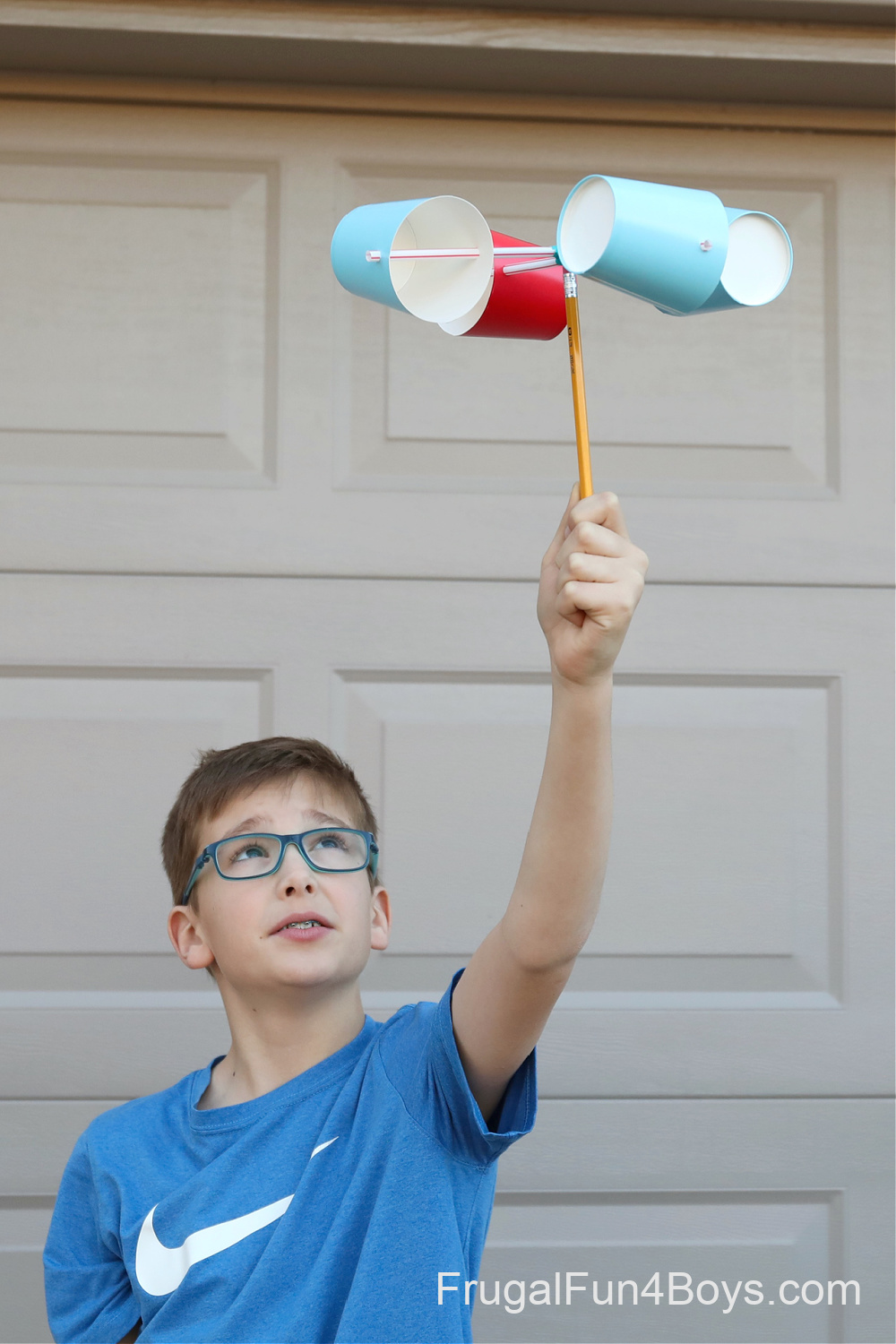Contrasting Digital and Mechanical Anemometers: Which is Right for You?
Contrasting Digital and Mechanical Anemometers: Which is Right for You?
Blog Article
Checking Out the Functions and Benefits of Anemometers for Weather Condition Lovers and Experts
From mug anemometers to sonic anemometers, each kind brings its unique set of benefits and applications, losing light on different facets of atmospheric problems. As we delve right into the features and benefits of anemometers, a deeper understanding arises not only of dominating weather phenomena yet likewise of the broader ramifications for industries like wind power production and environmental study.
Significance of Anemometers in Climate Tracking
Anemometers play a crucial role in weather condition surveillance by providing precise measurements of wind speed, helping in forecasting and understanding weather condition patterns. These tools, ranging from conventional cup anemometers to contemporary ultrasonic anemometers, are necessary for meteorologists, scientists, and climate fanatics alike.

Kinds Of Anemometers and Their Applications
The most common kinds of anemometers include cup anemometers, vane anemometers, hot-wire anemometers, and ultrasonic anemometers. Mug anemometers consist of 3 or four mugs mounted on straight arms that revolve with the wind, determining its speed. Vane anemometers, on the other hand, utilize a freely turning vane to straighten with the wind direction, providing both wind rate and direction dimensions.
Mug anemometers are ideal and durable for basic climate monitoring, while vane anemometers are preferred for directional dimensions. Ultrasonic anemometers are non-intrusive and provide high accuracy, often used in research study and specialized weather condition surveillance applications.
Benefits of Making Use Of Anemometers in Projecting
In weather forecasting, the utilization of anemometers offers invaluable advantages for boosting the accuracy of weather forecasting. Anemometers gauge wind rate and direction, offering essential data for predicting weather patterns. By incorporating wind information right into forecasting models, meteorologists can much better comprehend the motion of climate systems, anticipate modifications in weather, and issue much more accurate projections.
In addition, anemometers play an essential function in evaluating prospective weather dangers. Monitoring wind speeds aids forecasters forecast severe climate occasions such as storms, tornadoes, and winter months tornados with better precision. This very early caution system makes it possible for authorities to issue prompt signals and execute necessary precaution, lowering the dangers to life and residential or commercial property.
Furthermore, anemometers aid in enhancing renewable resource production. By examining wind patterns, meteorologists can identify suitable locations for wind farms and forecast energy outcome, adding to the effective generation of wind power.

Anemometers in Wind Energy Production
Offered the crucial duty anemometers play in providing precise wind data for weather condition projecting and risk assessment, their importance reaches the realm of wind power manufacturing. Anemometers are important instruments in the field of wind power, where the dimension of wind rate and instructions is important for determining the expediency and efficiency of wind generator setups. By accurately determining wind speeds at differing elevations, anemometers assist maximize the positioning and layout of wind generators to take full advantage of energy result.
In wind ranches, anemometers are purposefully placed to gather real-time wind information that is made use of to analyze best site the potential energy production of a website. This data is important in identifying try this the financial stability of wind energy jobs and in projecting energy generation to ensure grid security. In addition, anemometers aid in checking wind problems to maximize generator efficiency, protect against damages from high winds, and make certain the safety of employees functioning in the location of wind generators.
Enhancing Weather Recognizing With Anemometers

Anemometers play a key role in enhancing our understanding of microclimates. These local weather condition conditions can vary significantly from broader local forecasts, making it vital to have accurate information for certain locations. anemometer. By tactically positioning anemometers in different areas, scientists can gather comprehensive info on just how wind behaves in various surfaces, urban environments, or bodies of water
Furthermore, anemometers contribute to boosting climate projecting designs by giving real-time information on wind habits. This click this link details is particularly useful for forecasting severe weather condition events, optimizing farming practices, and sustaining industries like aeronautics and maritime navigation. Overall, anemometers are very useful tools that allow us to dive deeper into the complexities of climate systems, ultimately bring about even more better-informed decisions and accurate predictions.
Verdict
Finally, anemometers play an essential role in weather tracking and projecting by determining wind speed and direction. They are vital devices made use of by weather condition fanatics and professionals to gather precise data for forecasting weather patterns and analyzing prospective impacts. Anemometers likewise have applications in wind energy manufacturing, further highlighting their significance in both meteorology and sustainable energy industries. Generally, anemometers add to improving our understanding of climate sensations and improving projecting abilities. anemometer.
From mug anemometers to sonic anemometers, each kind brings its special set of advantages and applications, dropping light on different facets of climatic problems. These tools, varying from conventional cup anemometers to modern-day ultrasonic anemometers, are crucial for meteorologists, scientists, and climate lovers alike. The most typical types of anemometers consist of mug anemometers, vane anemometers, hot-wire anemometers, and ultrasonic anemometers. Cup anemometers are ideal and robust for general weather surveillance, while vane anemometers are preferred for directional measurements. Anemometers are essential tools in the field of wind power, where the measurement of wind rate and instructions is critical for establishing the usefulness and performance of wind turbine installations.
Report this page